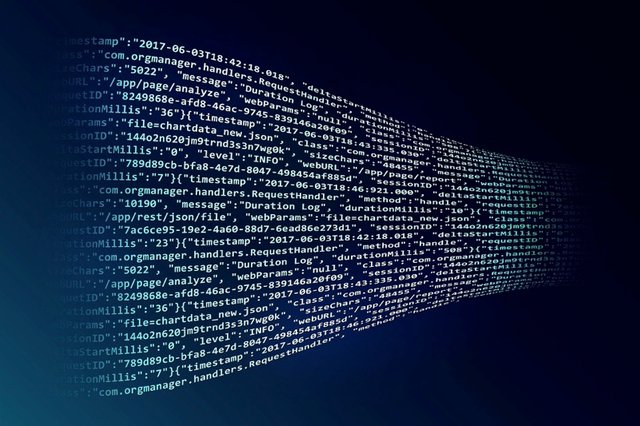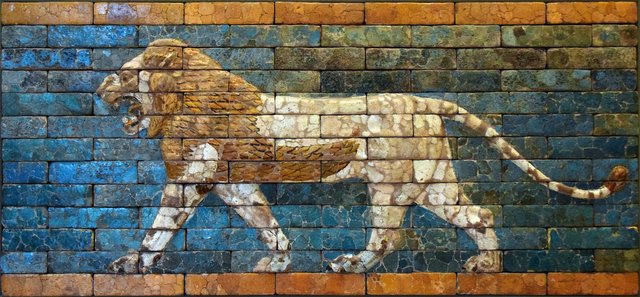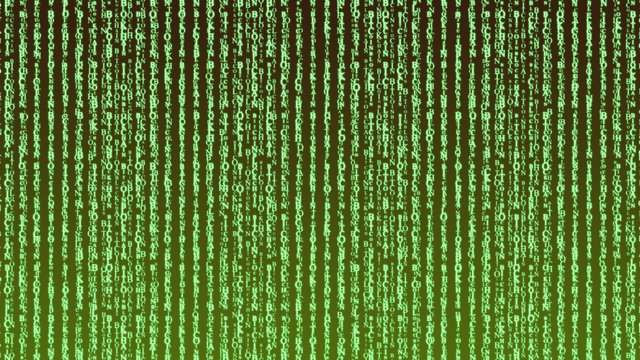
When people think of cryptocurrencies, they generally think of the 21st century, after all, it’s a new technology for most people. You may be surprised to know that the art of cryptography, the idea of hiding language, has actually been around for centuries. Thanks to human innovation, cryptography has changed over time, from the written world of secret messages of our ancestors, to the modern electronic medium we now recognize.
The Early Times
The exact start of cryptography is a bit hard to pin down because cryptography is typically used to hide secret messages. That being said, it’s assumed that it began sometime right around the advent of the written word. This doesn’t mean the written words as we know them, but rather even the ancient symbols etched on cave walls. Once man was able to write down an idea, he was also able to be worried that someone might steal it, or someone other than it’s intended recipient might read it. The first society to have been recorded using cryptography is the ancient Egyptians, who wrote their messages in what today is known a hieroglyphs. In this period of history, most of the Egyptians were illiterate, meaning the hieroglyphical messages they left behind were writings from one scribe to another, or from pharaoh to pharaoh. But get this, the pharaoh himself probably couldn’t even read hieroglyphs, rather he would have his scribe translate for him and then he would dictate his response back to the same scribe.
Cryptography wasn’t just a fad in Egypt though, around 1500 BCE ancient Mesopotamians began carving messages on stone tablets in ways which were clearly meant to shield the information which was being written down. The most famous example is a stone tablet, which is thought to belong to a well-known potter, who used cryptographic language to conceal his recipe for his glaze. The Hebrews have also long been known to use cryptography to conceal information dating back to 500-600 BCE. These ciphers were known as substitution ciphers, the most famous being the Atbash cipher in which the alphabet was reversed and then the letters were replaced. Under the Atbash cipher A became Z, B became Y and so on.
Sometime after this, the ancient Greeks and Romans rose to power, and both societies employed the use of cryptographs to relay messages to other people in the case that said person was intercepted or the message fell into the wrong hands. The most famous of these is the Caesar Shift Cipher in which the sender of the message would alphabetically shift the letters of the message a specified number of letters. Then to solve, or “crack” the cryptograph, the receiver would only need to be relayed a number. For example, using this cipher, if the number was 4, A would become E, B would become G and so forth. This was a very easy cipher to work in as the code needed to crack it was normally a single digit number. This method of cryptography was named for Julius Caesar who supposedly used it in his private correspondence. Although this may not seem like the safest, or most difficult cipher to hack, it worked well in a world when so few people were literate anyways.
The European Renaissance
As ancient empires gave away to the beginning of the European Renaissance, so too did cryptography become more important, as increasingly more people were becoming literate. Not only that, but the very first primitive postal systems were being developed in which now mail was not only sent by kings and queens using their trusted messengers, but by everyday people in the hands of strangers. In fact, even the famous William Shakespeare was found to use a cipher in some of his writings.
This period saw the rise of Vigenere Coding which is similar to the Caesar cipher as letters are changed to different letters in the alphabet, however each letter would be changed to a letter a different number of letters away. This code was much more difficult to crack as the person trying to decipher it would be given a keyword rather than a single digit number. This key can often need to be deciphered using a table which also uses the first letter of the encrypted message. Although it is nowhere as common as it was during the time period, the Vigenere Cipher is still in use today.
World War I
The period when cryptography really began to take off is during World War I. During this time, with the world at war, it became even more important to make sure people weren’t reading precious government communications. However, because of the complexities of coding at the time, specialized people had to be hired to decipher and write codes. As the war came to an end, and technology such as the telegraph and telephone began to be widespread, this perpetuated cryptography in the direction of mechanization. Primitive Rotor Machines called Enigma’s were created, and they could encrypt and decrypt faster than any human being. These machines we so effective, they continued to be used even as the world began a second world war. (Although where machines were impractical, code books and code breakers were still often in use). The second world war also changed cryptography from its previous alphabetical basis to becoming extremely mathematically based. This made the process of encryption much more difficult for humans to perform, but in essence, this also made it increasingly more secure than ever before.
Present Day
After World War II, the world of cryptography began to enter its digital era. And this led to its transformation from simple math problems to complex algorithms. By the advent of the internet in 1990, cryptography was so advanced and implied in a number of ways to where the human mind could not keep up. Cryptography was solely a world for computers now. Thanks to computer cryptography is now employed in communications, data storage, and in digitized assets known as cryptocurrencies.
Even though humans can no longer manually decrypt secret messages between one another, encryption is still a huge part of almost every person’s life on this earth. Encryption is used in so many activities, from email accounts, to phone messaging, when you make a purchase using a card, and even when you log into a work computer using a password. Cryptography is so speedy in modern times that most people don’t even see or know it’s being used. Cryptography has been on its way up in popularity since the beginning of time, and when you think of it that way, it should come as no surprise that humans have begun using cryptography to invent special currencies using this secure mathematical process. And this is only the beginning of the true age of cryptography, as more and more things enter the digital world, cryptography will only become more and more important, until it is likely part of almost everything a human being does over the course of the day.
This article was brought to you by the provably fair MintDice Bitcoin Casino. Originally posted on MintDice.com.


If you're interested in cryptography, check out our article on crypto wallet security and bring the theory into practice.
Downvoting a post can decrease pending rewards and make it less visible. Common reasons:
Submit
https://telegra.ph/Donate-BTC-for-good-Karma-01-07
Downvoting a post can decrease pending rewards and make it less visible. Common reasons:
Submit